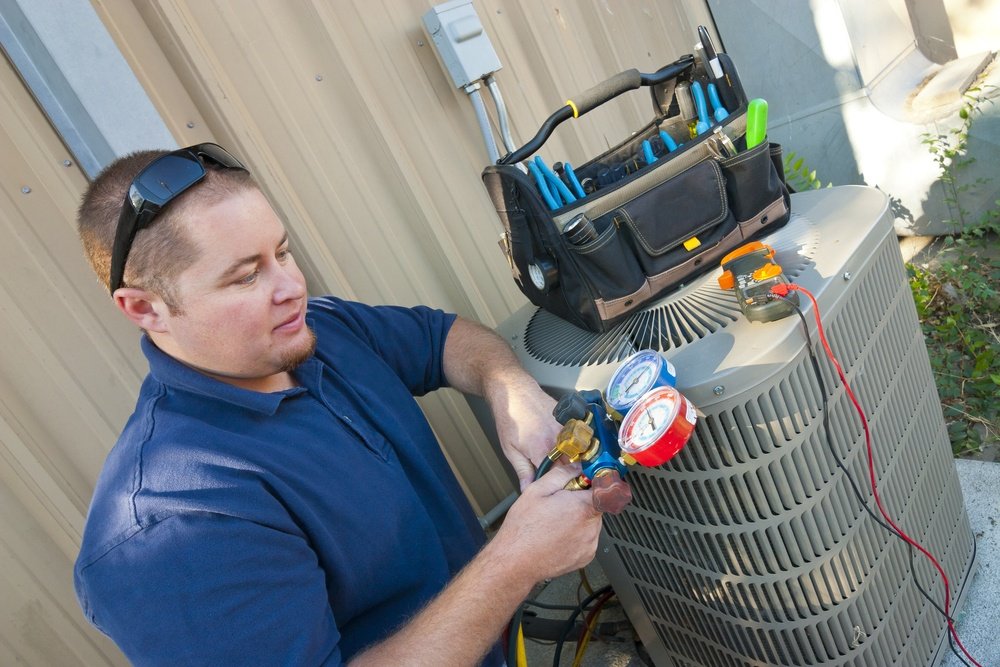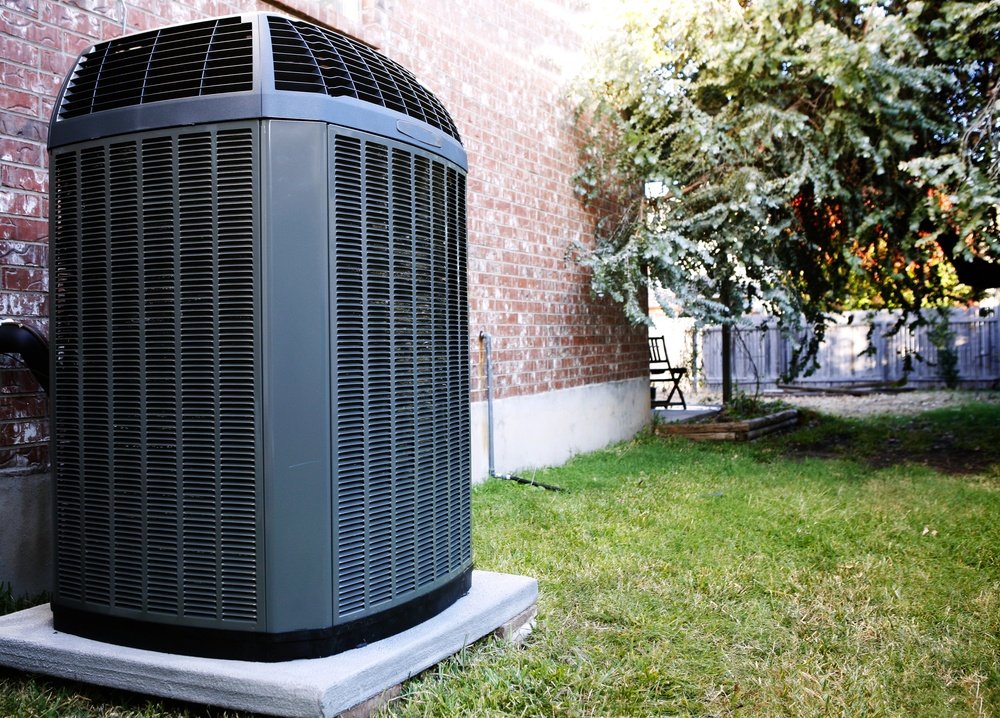How to Reduce HVAC Replacement Costs

Heating and cooling systems (HVAC) are huge energy-consumers, but they are also essential for comfortable living. Whether or not you realize it’s time, replacing your HVAC unit may be necessary to maintain the comfort of your home—and keeping your utility bills low. An old or inefficient unit can be detrimental to the environment, and nobody wants to be Jack Torrance at the end of The Shining when he realizes he forgot to check the boiler (in the novel, not the movie.)
However, replacing your HVAC unit can seem overwhelming. You have to determine if your unit is even ready for replacement and then balance the initial cost of purchase with the overall potential for savings.
Here’s how to reduce both the short-term and long-term expenses associated with HVAC replacement.
When You Should Replace Your HVAC Unit
Even if your unit is only ten years old, replacing it with a newer, ENERGY STAR labelled appliance could save as much as 20 percent on utility bills. Pay attention to how often your system breaks down, how noisy it is, and whether your energy costs have slowly increased over time. ENERGY STAR is a guaranteed way to find units that are meet the standards for energy efficiency.
When replacing an HVAC unit, you should replace all of the equipment at the same time. A mismatched system may not perform efficiently. While replacing selective parts, like the heat pump, could seem like a way to save money in the short term—you may actually be costing yourself more later.

You should also consider other energy improvements to your home before installing a new HVAC system. Conduct a home energy audit to assess ways to improve overall efficiency, leading to a better HVAC design for your home. You may discover that your home needs better insulation in the walls or attic, which will reduce the work for the new HVAC system.
There are many choices for what kind of system you should buy. The efficiency of a heat and cooling system are expressed with different ratings. The Seasonal Energy Efficiency Ratio (SEER) number is measured for cooling systems, and most cooling systems today need to have a SEER rating of at least 13. Heating systems are measured by Heating Season Performance Factor (HSPF) and all heat pumps must have at least an HSPF of 7.7. While systems with higher SEERs and HSPFs may cost more initially, they actually have lower operating costs.
Look for Rebates
Once you research the time of unit you need, the next step to reduce costs is to seek out a utility rebate.
There are programs throughout the country that offer incentives for consumers to purchase energy efficient products. States offer different incentives, sometimes cash, for ENERGY STAR units. There are rebate finders you can use online and you can even find rebates targeting upgrades for other areas of your home—not just the HVAC unit!

Reduce Long Term Costs
After the purchase and submitting your rebate, strategically installing your HVAC unit can reduce long-term energy costs. Always consider the most energy-efficient unit you can find. Heating and cooling systems that use low water temperatures tend to cost less when reacting to indoor temperature changes.
Be strategic about consumption and what parts of your home your HVAC is needed the most. Programmable thermostats are useful for controlling the temperature in each room. The less energy you use, the less money you spend. Even spending a little bit more money on renewable energy sources, such as solar, is a smart idea when considering long term energy consumption.
Don’t let the initial cost of HVAC replacement intimate you from making the changes you need towards an energy efficient home. Once you have planned your replacement and found the resources you need, you can successfully reduce a lot of out of pocket costs.


